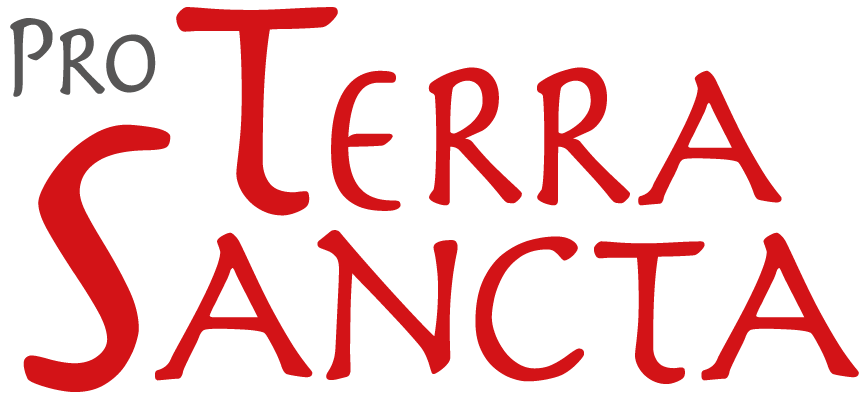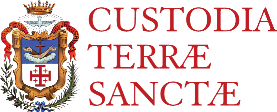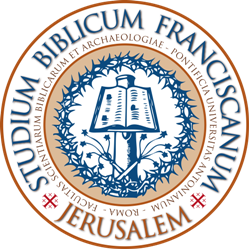Terra Sancta Museum: the Popes’ showcase in the Holy Land
When the Papacy arouses curiosity
This link was formalized in 1342 with Clement VI’s bull Gratias Agimus, which entrusted the Franciscans with the spiritual and material care of the Holy Places. This decision established an indissoluble link between the Papacy and the Order, as the Franciscans became the Papacy’s direct representatives in the Holy Land. This bull will be on display at the beginning of the museum tour, in the room of the “Foundation of the Custody of the Holy Land”.
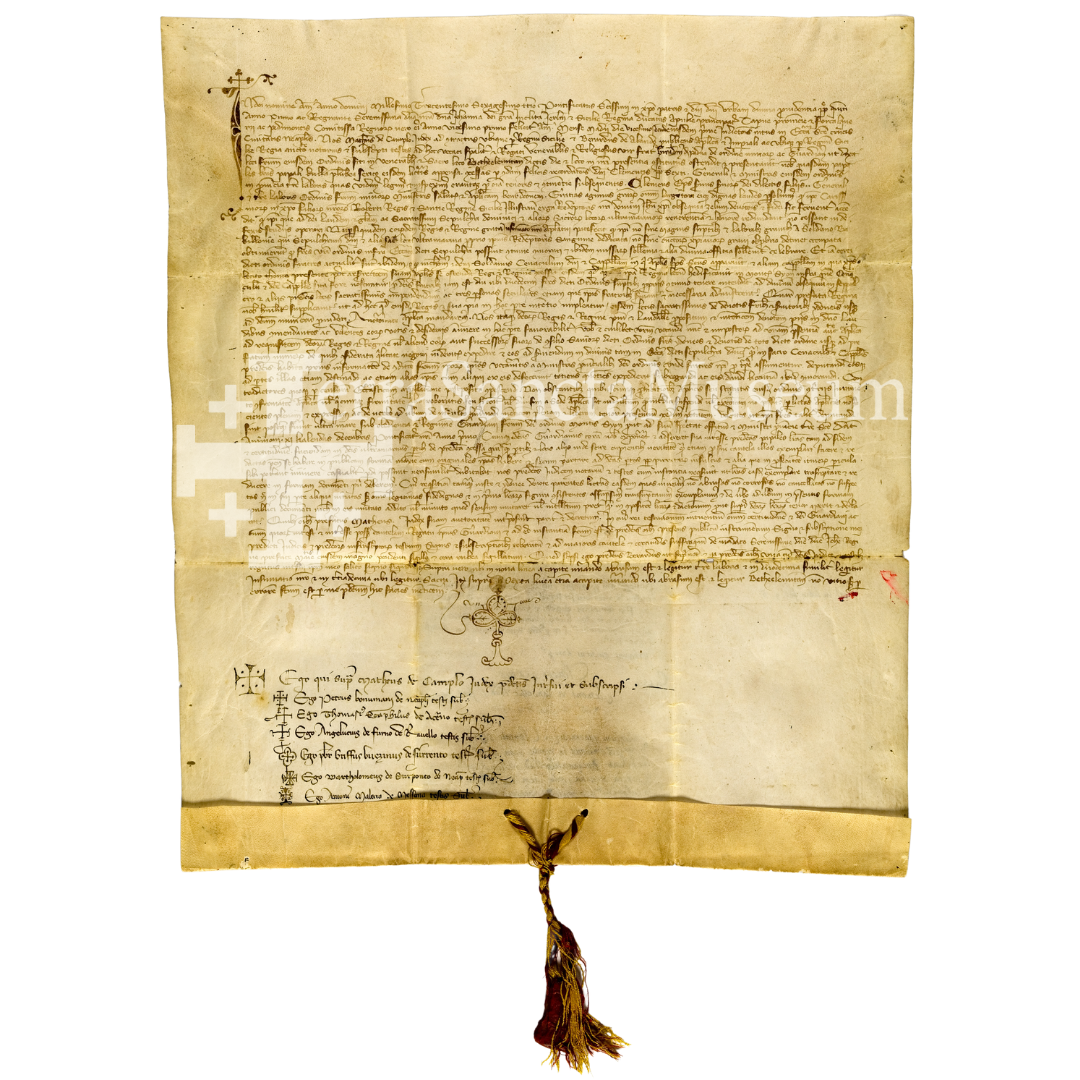
The Terra Sancta Museum Art & History offers an immersion in Christian history, a history that goes beyond the boundaries of Christianity, as the museum aims to be accessible to all, including believers of other religions, thanks in particular to mediation efforts. In January, for example, the museum welcomed the seminar group of Yisca Harani, an Israeli lecturer, researcher and guide specializing in Christian history and pilgrimage. As part of the “Until the white smoke appears” seminar, participants were able to discover emblematic sites in the Holy City, such as the Via Dolorosa, the Holy Sepulchre and Mount Sion. The Terra Sancta Museum offered them a privileged insight into the rich history of papal gifts to the Holy Land, presenting several of these precious items, living witnesses of a thousand-year-old faith still used in liturgical celebrations.
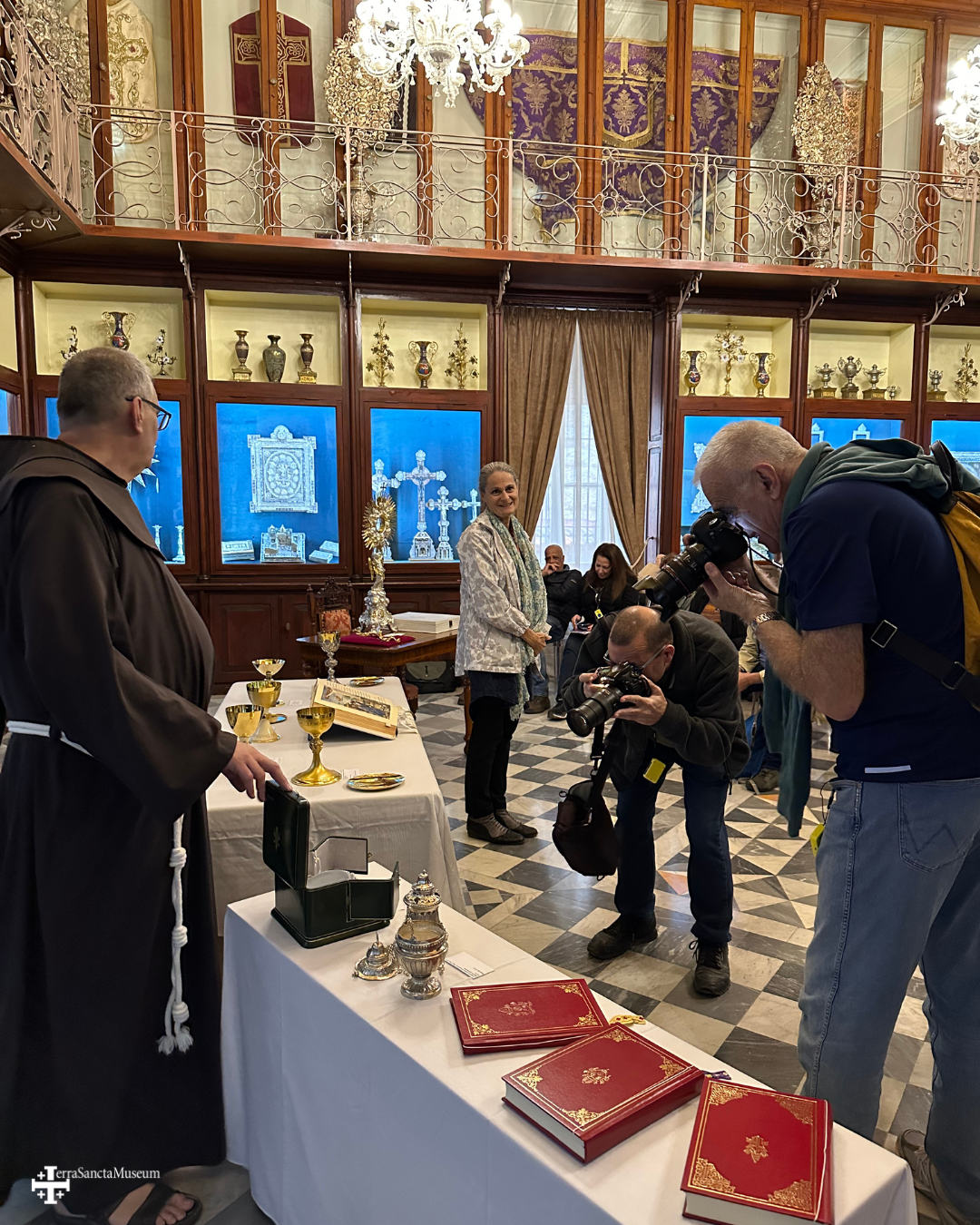
Marie Vergnes, a French researcher with a doctorate in art history, devoted her thesis to the Holy Sepulchre, which she describes as the “pivot and heart of worlds”: in it, she analyzes the uses, display and conservation of Catholic objects in the basilica since 1847. Our researcher points out that: “The tradition of papal donations to the Holy Land, rooted in centuries-old piety, reflects both the spiritual and diplomatic commitment of the papacy.”
A precious heritage on display at the Terra Sancta Museum
These offerings, once simple expressions of faith, have become tangible souvenirs of papal visits. A turning point came with Pope Paul VI (1963-1978), the first pontiff since Peter to visit the Holy Land. On January 4, 1964, he arrived in Jerusalem, entering through the Damascus Gate and celebrating Mass at the Holy Sepulchre with vestments specially made for the occasion and a gold and ivory chalice adorned with lapis lazuli, which he donated to the Basilica. An olive branch, donated by patients in Rome, is also among the gifts kept at St Saviour’s Convent.


In 2000, during the Jubilee Year, John Paul II continued this tradition by offering a chalice and paten. During his 2009 pilgrimage, Benedict XVI also offered a silver and gold chalice and paten for the Holy City. Last but not least, Pope Francis perpetuated this practice during his trip to the Holy Land in 2014.
These objects will soon be on show in a 5×3-metre display case in the “Presents from the Italian Peninsula” room, a 182-square-metre space that is a real highlight of the museum tour.
Since the Second Vatican Council, relations between the Papacy and the Holy Land have evolved towards greater dialogue and encounters with other Christian communities, notably Orthodox, Muslim and Jewish. In the words of Pope Benedict XVI: “Culture is the royal road to establishing a relationship of mutual understanding and brotherhood”. This reflection reveals the importance of culture as a bridge between peoples. It enables us to transcend differences and foster encounters based on the uniqueness of others.


